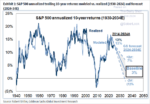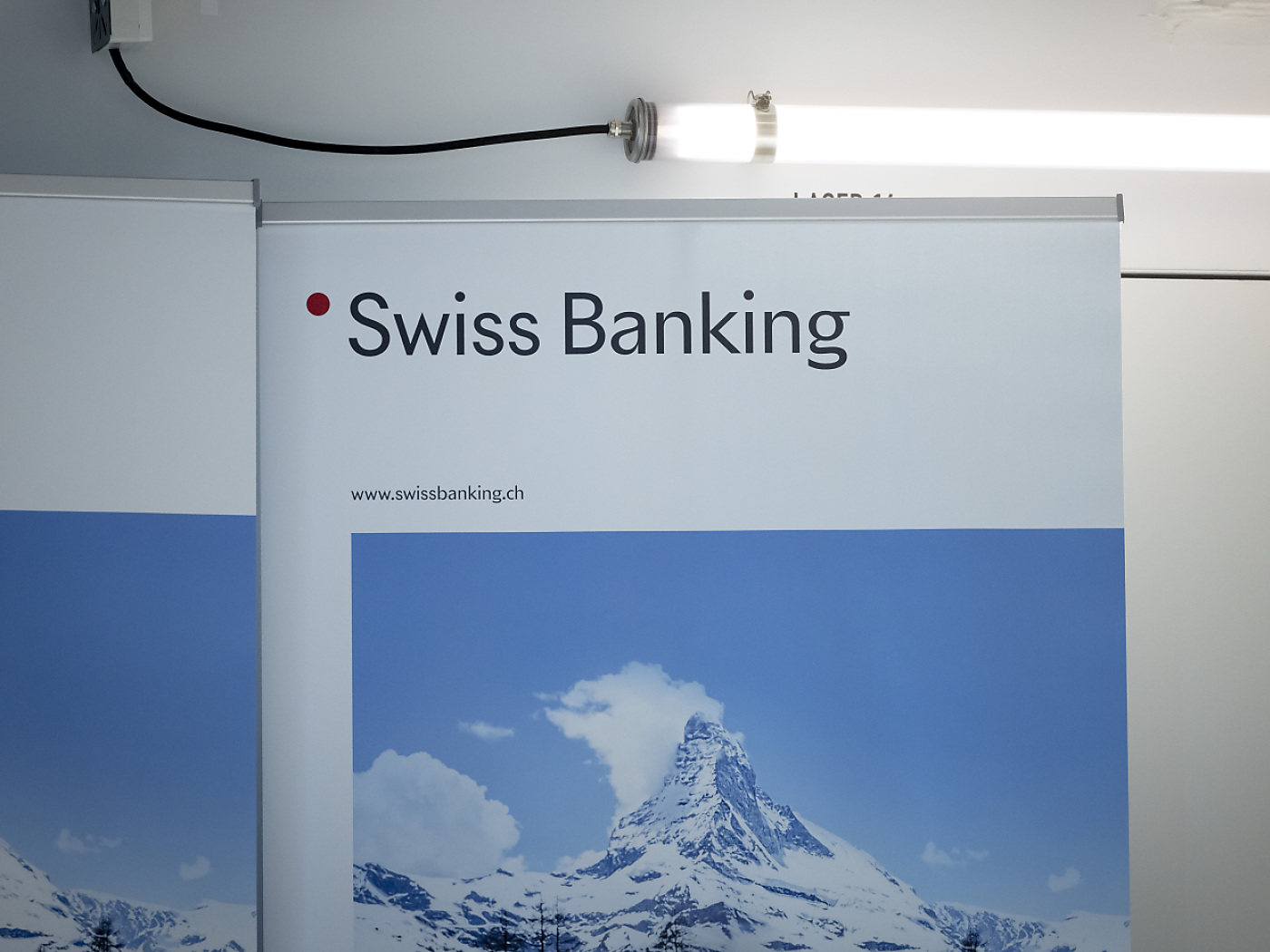Overview: Softer-than-expected US CPI, following weaker than expected job growth has sent the greenback tumbling. The dollar is stabilizing against the yen today, but the downside momentum is intact against the other major currencies. The euro approached $1.1175, sterling $1.3080, and the greenback slumped to almost CHF0.8615. The Australian dollar reached $0.6850, and the New Zealand dollar tested $0.6360. The Canadian dollar, often a laggard in a weak US dollar environment is holding below the highs made at the end of last month. The Dollar Index approached 100.60, its lowest level since April 2022. The technical indicators are getting stretched and the market may be getting ahead of itself on the interest rate adjustment. Assuming one more hike this year, fair value for the year-end effective Fed funds rate is 5.32%-5.33%. The January 2024 Fed funds futures contract now implies 5.29%.
The animal spirits are kicking today. Equities are higher. In Asia Pacific, the steadying of the yen helped lift Japanese stocks, with the Nikkei gaining nearly 1.5%. Hong Kong, and mainland stocks that trade there led the regional advance with a 2.6% surge. Australia's 1.55% gain was the second best of the year so far. Europe's Stoxx 600 is up about 0.5%, gaining for the fifth consecutive session. US index futures are also extending yesterday's rally. Bonds are also rallying. European benchmark 10-year rates are off 7-11 bp, with the periphery yields, but Greece, falling more than core rates. The 10-year US Treasury yield is near 3.81%, off from nearly 4.09% before the recent jobs report. The two-year approached 4.62% today. It peaked on July 6 near 5.12%. The weaker dollar and lower yields are sparking a rally in gold that has lifted the yellow metal above $1963 today for the first time in nearly a month. August WTI poked above $76 a barrel yesterday, it highest level since early May. It is consolidating today but holding above the 200-day moving average (~$75.55).
Asia Pacific
Japanese officials have cautioned against a one-way market but the five-day rally, the longest yen advance since late last year, may have, if anything reduced the likelihood of intervention. The data points are falling into place like breadcrumbs on a path that many have come around to believing could lead to a change in the Bank of Japan's stance later this month. The latest data point was the BOJ household survey that continues to see elevated inflation for one- and five-year outlooks. The Tankan Survey found business expectation that inflation will remain above 2%. Labor cash earnings reported a week ago increased 2.5% year-over-year, twice what economists (median forecast, Bloomberg survey). This period of yen strength has corresponded with the underperformance of Japanese equities. Over the past five sessions, the Nikkei is is off nearly 1.1%, but the yen gains cushion the hit, so for dollar-based investors, the benchmark is up about 2.9%.
Chinese exports fell 12.4% year-over-year in dollar terms in June. It was the biggest decline since early 2020 and follows a 7.5% fall in May. Chinese exports have fallen in four of the first six months of the year. Of note, exports to the US fell by nearly a quarter and posted their 11th consecutive decline. The 6.8% decline in imports was also more than expected and follows a 4.5% slump in May. Imports of electronic components from Taiwan and South Korea fell. Commodity imports, such as soy, copper, iron ore and natural gas also were weaker. Still, the monthly trade surplus rose to $70.6 bln from $65.8 bln. In H1 23, China saw exports fall 3.2% from H1 22, and imports drop 6.7%. This resulted in a H1 23 trade surplus of nearly $410 bln, up from about $380 bln in H1 22. The weakness of imports is seen as a sign of the weakness of the domestic economy and the sluggish exports, a symptom of weaker global demand.
Even though the final NATO communique did not reference the establishment of an office in Tokyo, the combination of Russia's invasion of Ukraine, and what is perceived as Beijing's high-handed policies in Hong Kong and bullying tactics in the Pacific, the security linkages between the western end of the Eurasian landmass and the eastern end have tightened. However, this does not overcome commercial rivalry and the Australia-EU free-trade talks have stalemated this week. The talks have been going on for around five year and Australia finds the EU's last offer still not granting sufficient access for several agriculture goods, like beef, sheep, and sugar). The EU is Australia's third largest bilateral trading partner behind China and Japan at around A$97 bln ($65 bln) last year.
The dollar's downside momentum against the yen is stalling today. It made a marginal new low slightly below JPY138.10 after falling nearly 1.35% yesterday. It settled around JPY138.50 and has spent most of the session so far below there. If sustained it would be the sixth consecutive dollar loss. Some consolidation looks likely and initial resistance may be near JPY139.00. On the other hand, the Australian dollar's momentum has continued. Yesterday's 1.5% rally has been followed by around a 0.8% gain today. The Aussie tested support near $0.6600 last week and its knocking on $0.6850 today. The June high was near $0.6900. The upper Bollinger Band is around $0.6875 today. It also looks to be set to consolidate in North America today. Meanwhile, the greenback fractionally extended its losses against the Chinese yuan. It reached CNY7.1575, its lowest level since June 19 after peaking at the end of June slightly below CNY7.2690. The five-day moving average is crossing below the 20-day moving average for the first in three months. The PBOC set the dollar's reference rate at CNY7.1527, narrowing the gap with the median forecast in Bloomberg's survey of CNY7.1615.
Europe
The strength of the European currencies is more a reflection of the souring of sentiment toward the dollar than improving outlook in Europe. Even with a 0.2% expansion in industrial output in May reported today, following a 1.0% increase in April, it is off 2.2% from a year ago. Recall that the eurozone economy contracted by 0.1% in Q4 22 and Q1 23. It may have grown by 0.1% in Q2.
The UK reported a 0.1% decline May's GDP, a bit better than the 0.3% contraction forecast. It expanded by 0.2% in April. It is difficult to find a bright spot in the weak report. Manufacturing's decline of 0.2% was slightly better than expected, but industrial production shrank by 0.6%, which was a bit worse than projected. Services were flat, which was also better than the 0.2% shrinkage expected, but hardly inspiring. Construction output fell 0.2% compared with forecasts for a 0.5% decline but this was mostly blunted by the revision in May to a 0.9% contraction from -0.6%. Lastly, at nearly GBP6.58 bln, the trade deficit was more than four times largest than expected and follows a sharp revision to the April shortfall to GBP2.46 bln from GBP1.52 bln. A key culprit was trade in precious metals. Excluding them, the trade deficit still grew: GBP7.65 bln from a revised GBP4.16 bln (from GBP2.67 bln).
The euro extended its rally into the six consecutive session today to reach $1.1170. Yesterday was only the fourth time this year that the single currency rose by more than 1% in a single session. The next important technical target is the $1.1275 area, the (61.8%) retracement of the decline from the January 6, 2021, high near $1.2350. Still, some caution is in order. The euro is stretched and closed above its upper Bollinger Band yesterday and remains above it (~$1.1105) today. The Bollinger Band is set two standard deviations around the 20-day moving average. A three standard deviation is found near $1.1185 today. Sterling is also advancing for the sixth consecutive session today. It has exceeded the $1.30 level for the first time in 15 months to reached $1.3080 in the European morning. It closed above its upper Bollinger Band for the past two sessions. It is found slightly above $1.30 today. The three-standard deviation mark is about $1.3115.
America
Practically, no matter how it is sliced and diced, the June CPI was softer than expected. The core rate rose by 0.159% and was rounded up to 0.2%. The median view in both Bloomberg and Reuters surveys were for a 0.3% increase. It is the smallest increase since early 2021. Core goods prices fell by 0.1% and the component Fed Chair Powell has cited, core services, excluding rents, was flat. That is the softest reading since September 2021. The year-over-year core rate stands at 4.8% compared with the median expectation of 5.0%. The headline rate rose 0.2% for a 3.0% year-over-year pace. The US two-year yield that has spiked to almost 5.12% last week fell to almost 4.71% yesterday and settled well below the 20-day moving average (~4.79%) for the first since mid-May. The market has zeroed out the possibility it previous conceded about a hike after this month. The year-end effective rate is now seen at 5.23%, which fully discounts one hike that continues to be seen on July 26. The CPI looks to translate into around a 0.2% increase in the core PCE deflator, which would allow the year-over-year pace to slow to about 4.2% from 4.6%. The CPI report overshadows today's PPI, which, in any event, will point in the same direction. Headline PPI is seen slowing to less than 0.5% year-over-year. We have two concerns. First, barring returning to fantasies about a cut this, the interest rate adjustment at the short end has likely gone as far as it can. Second, the base effect works against further substantial declines in inflation in H2.
The Bank of Canada delivered a 25 bp hike, lifting the overnight lending rate to 5.0%. The statement was arguably a little more hawkish than expected, as the central bank acknowledged it would likely take longer to reach its target (mid-2025). It saw greater excess demand and higher than expected prices for imported goods. Still, the swaps market is pricing in slightly less than a 50% chance of another hike this year. Perhaps, the continued unwinding of the Bank of Canada's balance sheet will tighten financial conditions in lieu of a hike at the next meeting in September. Its balance sheet has shrunk by about 13% in H1 23 after being reduced by nearly 18% last year.
The US dollar briefly traded marginally below the CAD1.3150 support we identified. It bounced back but found new offers near CAD1.3190. Previous support at CAD1.32 now becomes resistance. The Canadian dollar's 0.35% advance yesterday was the weakest within the G10, and as we have noted, it is not unusual for the Canadian dollar to be a laggard in a weak US dollar environment. A break of the CAD1.3100-15 area is needed to signal anything of note. The drop in US yields, the broad weakness of the US dollar, and stronger than expected Mexican May industrial production drove the peso to new highs since late 2015. The median forecast for Mexico industrial output was flat. Instead, it jumped 1.0%. The year-over-year rate soared to 3.9% from 0.7% and more than twice the median forecast of 1.4%. The dollar was sold slightly through MXN16.81 before finding support. However, the greenback stalled yesterday near MXN16.90 and so far, today, saw MXN16.9220. It still looks like an attractive place to park funds ahead of the FOMC meeting toward the end of the month. The next big target we have suggest is around MXN16.50.
Tags: #USD,Australia,Bank of Canada,Currency Movement,EU,Featured,inflation,Japan,newsletter,U.K.,US





















